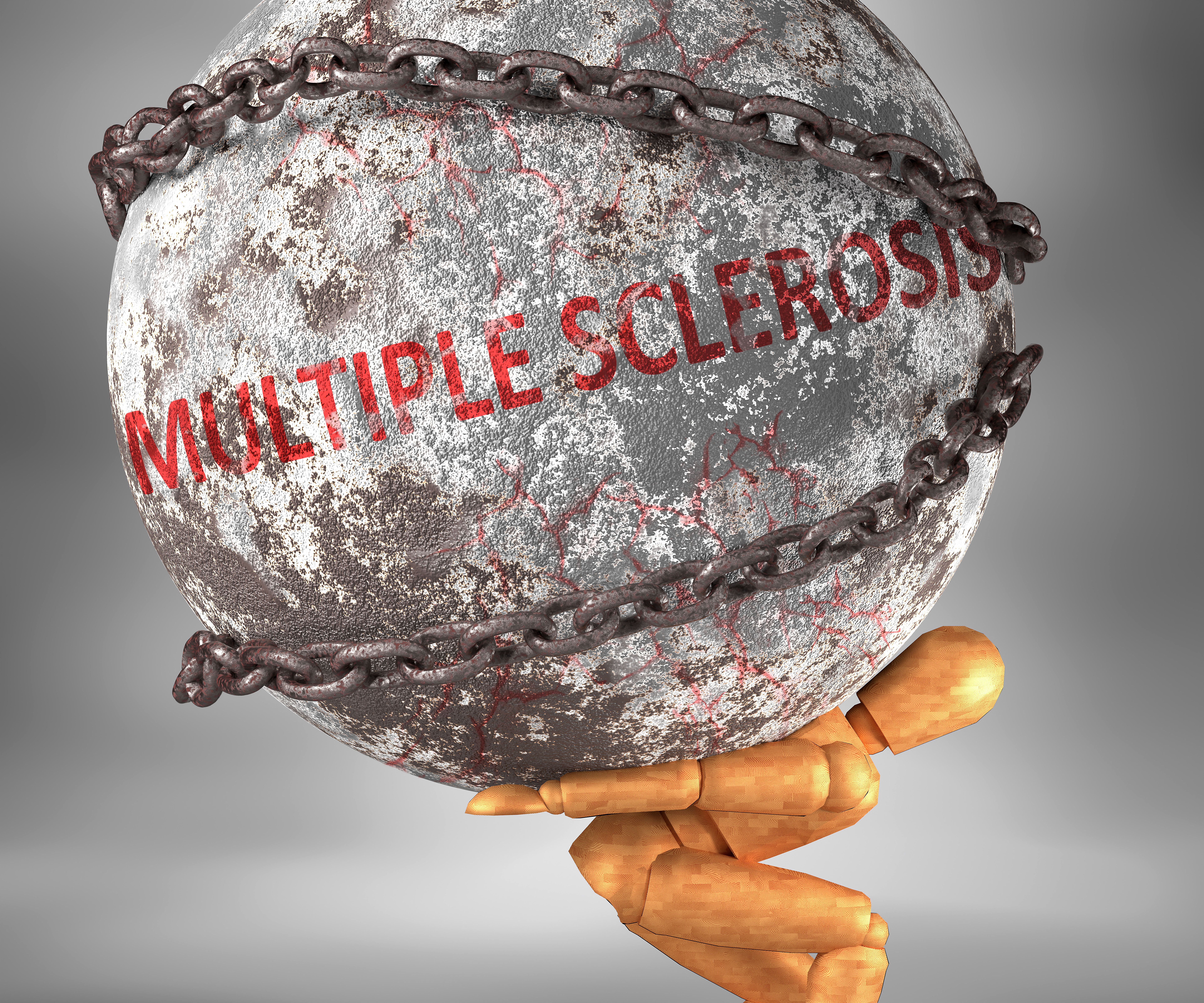- Center on Health Equity & Access
- Clinical
- Health Care Cost
- Health Care Delivery
- Insurance
- Policy
- Technology
- Value-Based Care
Multiple Factors Affect Stigma Perceptions in MS
A cross-sectional analysis evaluated a myriad of socioeconomic and demographic factors that drive stigma experienced by patients with multiple sclerosis (MS).
A study recently published in Multiple Sclerosis Journal highlights the ongoing stigma affecting people with multiple sclerosis (MS), suggesting that factors such as disability, employment status, and disease-modifying treatment (DMT) are driving influences in these perceptions.
MS is a disease of the central nervous system (CNS) that progresses over time. As the demyelinating and inflammatory effects worsen, other conditions such as anxiety and depression can arise and compound into the overall physical and cognitive disability of affected individuals. Additionally, those impacted by MS can experience degrees of stigma related to their disease, disability, and associated conditions.
Stigma in MS Concept | image credit: GoodIdease - stock.adobe.com

Stigma is classified by forms of stereotyping, labeling, discrimination, among other factors that influence the negative societal perspectives of people across a wide variety of contexts. Those who endure chronic illness, disability, or mental health struggles can often experience stigma tied to their diagnosis or set of circumstances. As the authors of the present study remark, stigma has been linked to lower quality of life in patients with MS and has been deemed a social determinant of health.
By understanding the factors that influence stigma in patients with MS, the authors believe progress can be made to improve patients’ quality of life and reduce stigma perceptions in this population. While stigma and has been reported on in previous studies, this research has not sufficiently considered the scope of potential contributing factors. To expand on this work, researchers conducted a large, real-world, multicenter study analyzing patients with MS and to what extent their experienced stigma correlates with socioeconomic, demographic, and disease-related influences.
A cross-sectional analysis was conducted with data gathered from Multiple Sclerosis Partners Advancing Technology and Health Solutions (MS PATHS). This data spanned 10 health care institutions (3 in Europe and 7 in the US). Patients completed various assessments including the Quality of Life in Neurological Disorders (Neuro-QoL) and an electronically adapted version of the MS Functional Composite (MSFC) during a routine clinical visit. Results from the Neuro-QoL were converted to T-scores as a measure of experienced stigma (higher scores indicate higher stigma, depression, or fatigue).
In total, 11,634 patients from MS PATHS participated with a mean T-score of 47.2 (scores of 50 represent the mean of the reference population). Of these participants, 17.7% (n = 2060) experienced moderate to severe stigma, 14.3% (n = 1659) experienced mild stigma, and 68% (n = 7915) experienced no stigma.
The univariable analysis showed that T-scores were significantly higher in those with longer disease duration (P < .001), an unemployment or divorced status (P <.001), less than 12 years of education (P < .001) Black individuals (P < .001), and those with greater self-reported Patient-Determined Disease Steps scores (PDDS, P < .001).
Researchers noted that stigma T-scores also demonstrated a strong correlation with fatigue and depression (fatigue: r = 0.60; 95% CI, 0.59-0.62; depression: r = 0.69; 95% CI, 0.68-0.70), as well as PDDS (r = 0.54; 95% CI, 0.58-0.60). Furthermore, compared with those who did not experience stigma, the chances of being in the moderate-severe stigma category were heightened in participants with more progressive MS (odds ratio [OR], 2.0; 95% CI, 1.59-2.51, compared with relapsing–remitting patients), greater disability levels (OR, 16.53; 95% CI, 10.40-26.28 for PDDS score > 5 compared with < 2), those with shorter disease durations (OR, 1.38; 95% CI, 1.13-1.68 with 5-10 years of disease duration compared with > 10 years), and an unemployment status (OR, 2.75; 95% CI, 2.26-3.35, compared with employed patients).
These results demonstrate the degree to which experienced stigma in patients with MS correlates with socioeconomic factors, race, and MS-related outcomes including fatigue, disability, and depression. Understanding factors that potentially drive stigma in MS is an important endeavor. As the authors note, the population affected by MS is very heterogenous, with individuals impacted across a diverse range of cultural, socioeconomic, and demographic contexts. They conclude that this subject warrants future research; however, understanding these influences could go a long way in mitigating the disease-related challenges that affect an individual’s quality of life when they are living with MS.
Reference
Ghajarzadeh M, Fitzgerald KC, Mowry EM, Nourbakhsh B. Association between demographics, socioeconomics, and disease-related factors and the perception of stigma in people with MS. Mult Scler. Published online Januar 5, 2024. doi: 10.1177/13524585231223057
